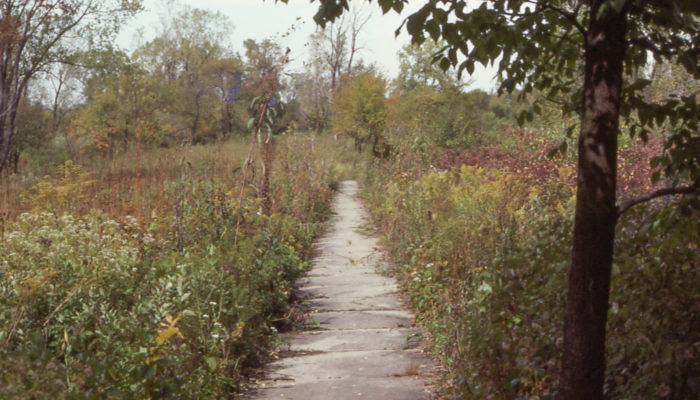The southern portion of Wolf Road Prairie is crisscrossed with sidewalks from an abandoned 1920s subdivision. When development threatened again in the 1970s, concerned citizens bought the first parcel of what is now an 82-acre Illinois Nature Preserve. The savanna, wetland and rare remnant black soil prairie landscapes that make up this stunning preserve are home to more than 360 native plant species.
On this page:
Location & Things to Do
Wolf Road Prairie Nature Preserve
Entrance
Things to Do & Amenities
- Service dogs are allowed at most public locations. View accessibility policies.
Hours
Year-round: Sunrise to SunsetClosures & Alerts

History & Nature Notes
The southern portion of Wolf Road Prairie is crisscrossed with sidewalks—laid for a planned subdivision ended by the Great Depression. When development threatened again in the 1970s, concerned community members formed Save the Prairie Society (STPS) to buy the first parcel of what is now an 82-acre Illinois Nature Preserve managed by the Forest Preserves, STPS, Illinois Department of Natural Resources, Salt Creek Greenway Association and Illinois Nature Preserves Commission.
Wolf Road Prairie contains several native communities, including prairie, savanna and wetland and is home to more than 360 native plant species. The rare remnant black soil prairie features the beautiful blooms of prairie dock, Indian plantain and prairie phlox, thanks to volunteer workdays and larger restoration projects that battle invasive species and collect and disperse seeds from the site’s native plants.
Volunteer Opportunities
Join the Save the Prairie Society at restoration workdays. Training, tools, and supplies provided.

